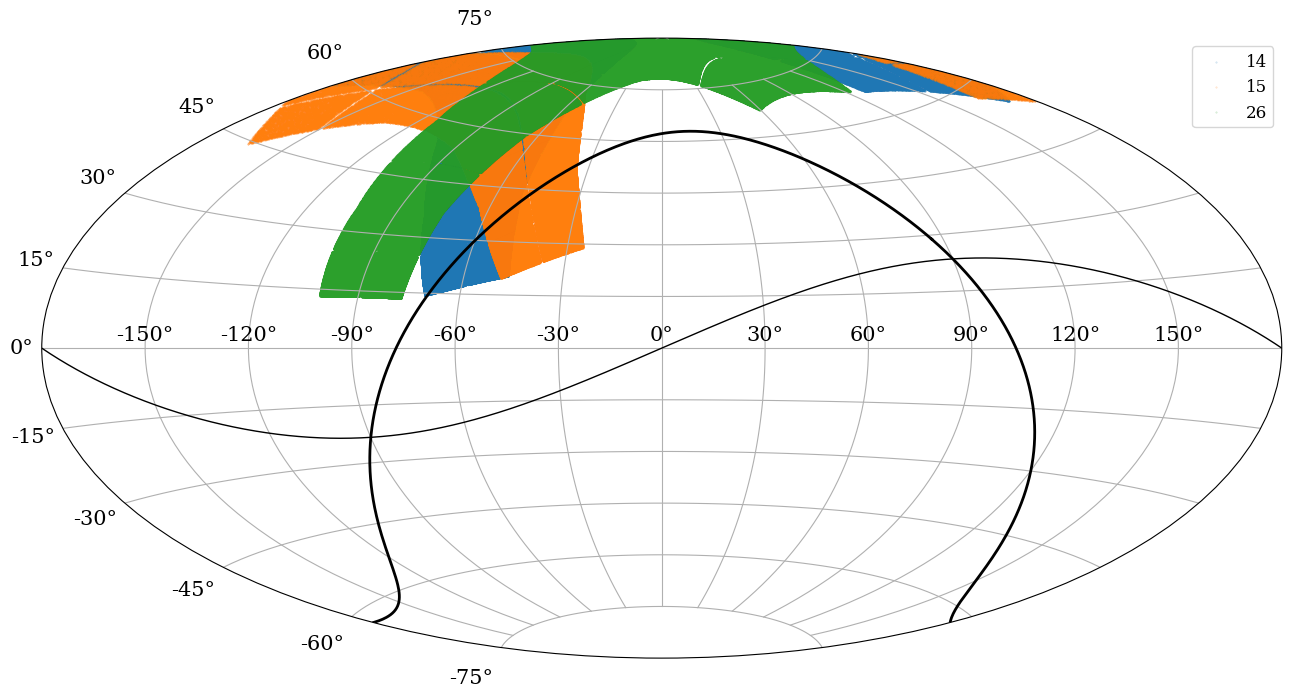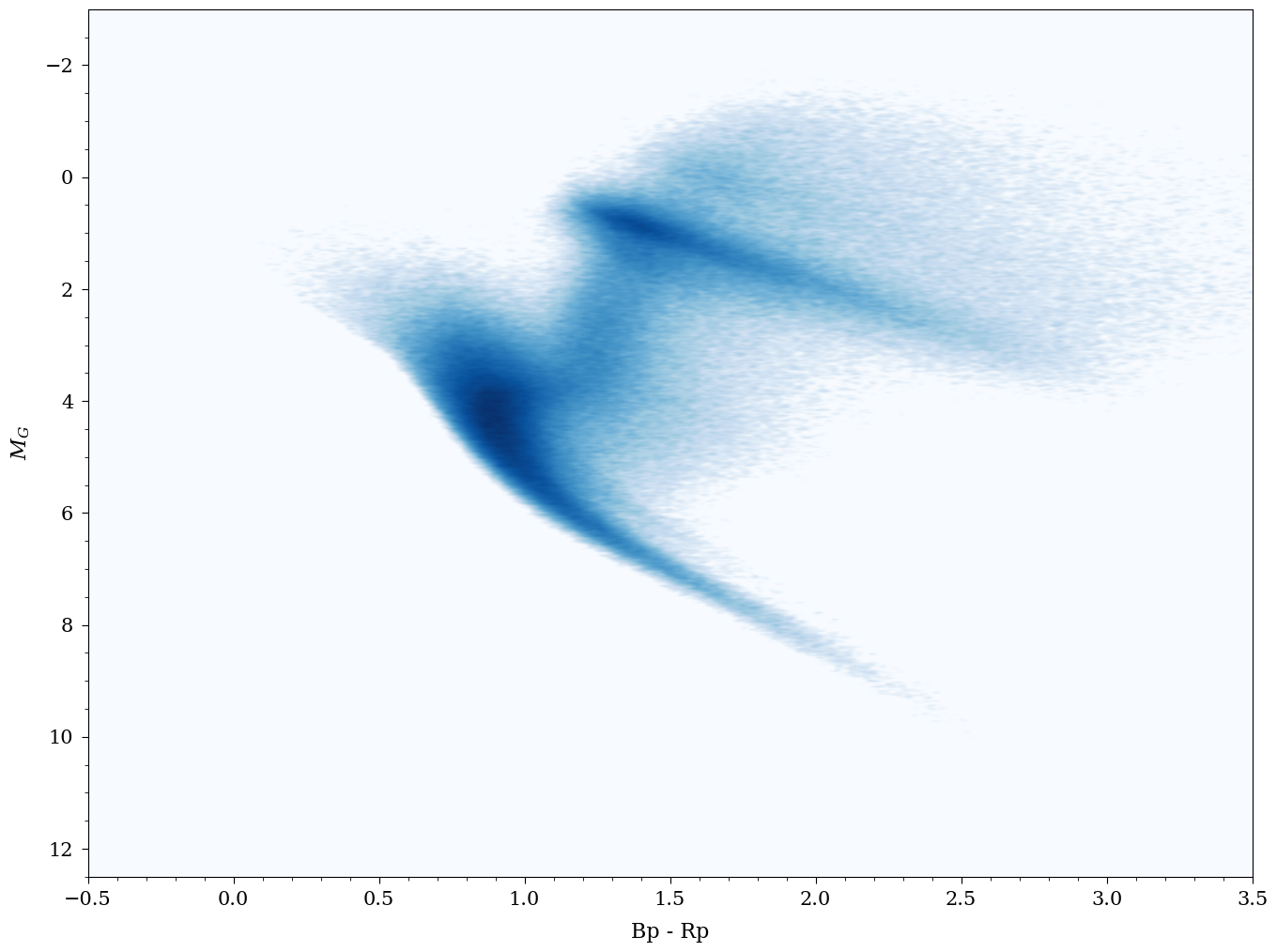

The TESS Guest Investigator (GI) office is soliciting proposals for the first year of the second extended mission, which is planned to start in September 2022. Like in the first extended mission TASC does not have reserved 2-minute and 20-second cadence targets, and hence GI proposals from TASC are important to ensure the selection of targets for asteroseismology. Note that the cadence for full-frame images in the second extended mission will be decreased to 200 seconds (Nyquist frequency of 216 c/d or 2500 µHz). More information on the GI program (including a proposal template) can be found here.
The proposal deadline for Cycle 5 is .
Similar to previous cycles, we set up a Cycle 5 GI coordination page on the TASOC Wiki to coordinate the submission of TASC Cycle 5 proposals.
If you are planning to submit a GI proposal and would like to coordinate, we recommend the following steps:
If you have any questions, concerns, or need help with putting together TASC GI proposals please contact the co-chairs of the TASC GI Coordinated Activity.
We are pleased to announce the sixth release of TESS data for asteroseismology from the TASC Coordinated Activity T'DA.
For this release, raw and systematics corrected photometry is provided based on Full Frame Image (FFI; 30-min) and Target Pixel File (TPF; 2-min) data from TESS Sectors 14+15+26. These TESS Sectors overlaps with the original Kepler field of view, and therefore provide unique oppotunities for asteroseismology of previously known favorite targets.
All data is accessible via the TASOC website. In total a little over 9.7 million light curves are provided with this release.
This release, like the previous ones, provide systematics corrected data using two different methods: Co-trending Basis Vectors (CBVs) and Ensemble photometry. Most observed targets will thus have two light curves, and we encourage you to check both corrections for the optimal light curve for your science. You can read more about the photometric pipeline and the two correction methods, and their individual pros and cons, in the T'DA papers, which can be found here: Photometry, Corrections.
For more details, please read the data release notes here.


We are pleased to announce the fifth release of TESS data for asteroseismology from the TASC Coordinated Activity T'DA.
For this release, raw and systematics corrected photometry is provided based on Full Frame Image (FFI; 30-min) and Target Pixel File (TPF; 2-min) data from TESS Sectors 1-6. All data is accessible via the TASOC website. In total a little over 12 million light curves are provided with this release.
For the first time, this release provides systematics corrected data using two different methods: Co-trending Basis Vectors (CBVs) and Ensemble photometry. Most observed targets will thus have two light curves, and we encourage you to check both corrections for the optimal light curve for your science. You can read more about the photometric pipeline and the two correction methods, and their individual pros and cons, in the T'DA papers, which can be found here: Photometry, Corrections.
For more details, please read the data release notes, which can be found here.


To optimize the TASOC pipeline we are very interested in knowing of any issues or shortcomings you find. Therefore, if you have any comments or questions regarding the processed data, please let us know.
Our strategy for the next TASOC data release is to focus on the TESS Sectors overlapping with the Kepler field of view. After that we are aiming for a more rapid release schedule where the following sectors will be released one after the other.